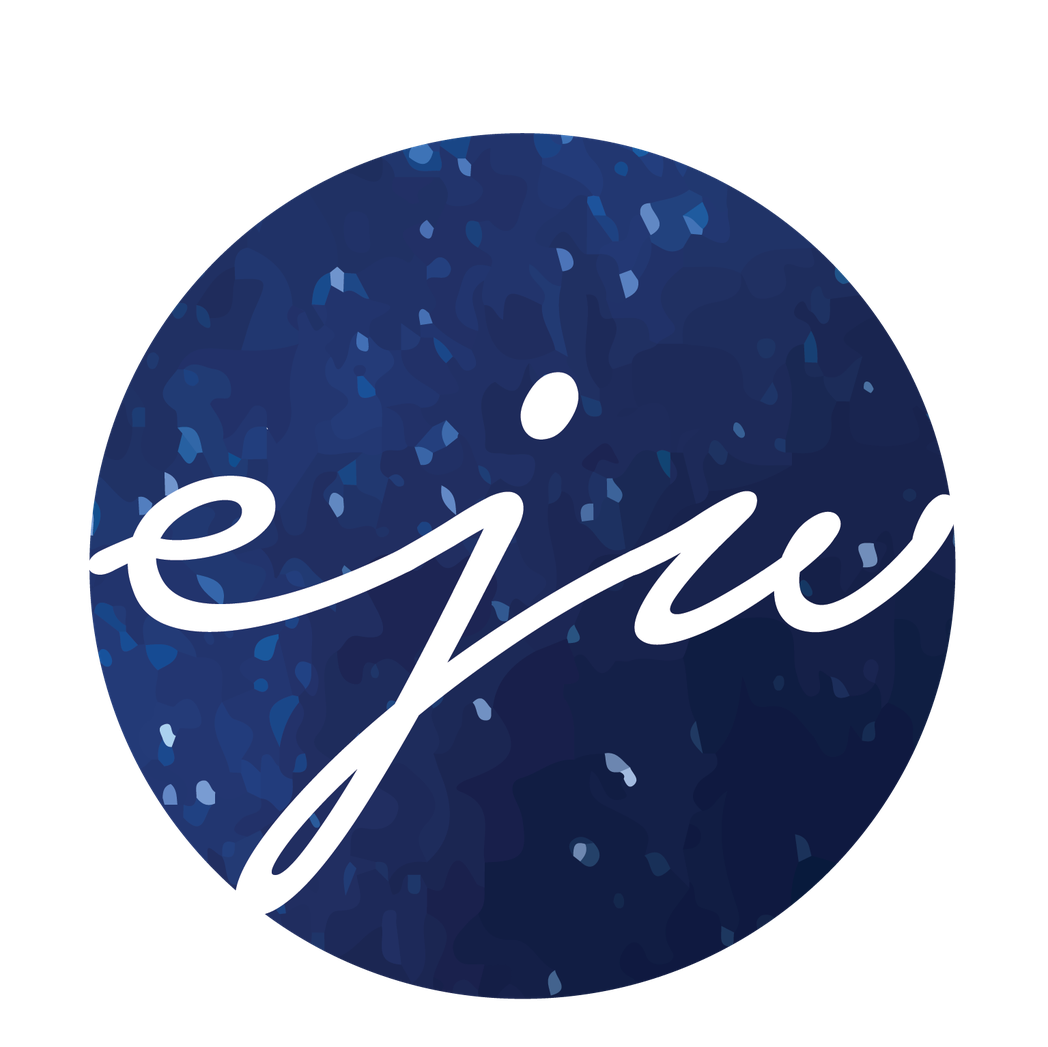When bringing forth Jewish wisdom teachings from primary text sources we employ a method we call Embodied Pardes. We take one moment or line in Torah, liturgy or other source texts and apply the Pardes פרדס method, a traditional method of Torah Study where each letter of the word Pardes (orchard) represents a layer of Torah. We employ this method through the lens of the body and kinesthetics:
Pey= Pshat =פשט Simple body parts or actions (speak, see, walk, breath, bone, etc.)
Resh = Remez =רמז Hints at body elements or movements (expand, gather, approach, etc.)
Dalet = Drash= דרש Interpretations that can relate to the body's structure, functions, or movements
Samech = Sod=סוד Secret readings
For example, here is how we use this approach with the line about Jacob's ladder, from Genesis 28:12. The Hebrew words are color coded to match the level of Pardes.
(יב) וַֽיַּחֲלֹ֗ם וְהִנֵּ֤ה סֻלָּם֙מֻצָּ֣באַ֔רְצָהוְרֹאשׁ֖וֹמַגִּ֣יעַהַשָּׁמָ֑יְמָה וְהִנֵּה֙ מַלְאֲכֵ֣י אֱלֹהִ֔ים עֹלִ֥יםוְיֹרְדִ֖ים בּֽוֹ׃
(12) He had a dream; a stairway was set on the ground and its top reached to the sky, and angels of God were going up and down on it.
First, in Pshat, we search the text for the Hebrew words that are actual body parts, bodily movements or elements. So in this line, we have ‘rosh’ (head) and ‘artzah’ (earth), which can both the ground upon which we stand as we practice, and can also signify the 'earth' element of bone and grounding in the body.
Next, in Remez, we search for hints or references to the body and bodily movements - words that describe an element or movement of the body. So in this line we have ‘mutzav’ (planted firmly), ‘magia’ (approach), ‘olim’ (ascend or rise up) and ‘yordim’ (descend or come down). As we embody the text, we refer to these words and take them into action. We look at which parts of the body 'mutzav' (plant firmly), ‘magia’ (approach), ‘olim’ (ascend or rise up) and ‘yordim’ (descend or come down) in any given posture or movement. For instance, in Warrior 1 (Virabhadrasana1) the outer back foot and heel mutzav (plant or set firmly into the ground) as a lines of energy from the inner foot, through the inner thigh, psoas and kidneys olim (ascend). And the olim/yordim of the angels on the ladders mirrors an ongoing ascent and descent of various parts of the body in this posture. The tailbone and heels descend (yordim), the front of the spine and back of the neck ascend (olim). The base of the toe descends (yordim), the inner arch of the foot ascends (olim).
Next, in Drash, we look for words or phrases in which we can interpret or derive bodily reference, even if the language is not directly a body part or movement. For example, in this line we have ‘sulam’ (ladder), whose imagery maps onto the body as the spine. Furthermore, we can further refine the pose, and our embodied exploration, by building on the Remez level and considering the order of the words in the text. Just was we study the order of the words in a given line of torah, in order to more deeply understand what is happening in the story, we can use the word order to inform our embodied exploration of the text. For example, ‘Ascending’ (olim) appears first in the story. Our sages teach that this means there were angels on the ground, accompanying Jacob on his journey. Similarly, if we first lift (olim) the weight of the pelvis and torso up off the legs, and then descend (yordim) lower to the ground by bending the front knee, we receive more freedom, stability and openness in the asana!
Finally, we reach the level of Sod. Here we look for what is creative, new, or perhaps secret in the sense of being unknown until this moment. Often we can discover or experience a new Sod level of understanding through this practice that is difficult to even put into words. For example, a ladder (sulam) implies steps, incremental moments of approaching or retreating from a height (ha’shamayma). So too, in an embodied practice we have one small step, one opening, and another and another, until we reach expanded physical stretch or consciousness (mochin d'gadlut) that is a result of each small step taken.
All of the levels of Embodied Pardes work together and provide gateways into an embodied experience of the text. So, we can take this line to bring in another and yet another instruction about a yoga pose that gives more freedom. In Warrior I, we can enter the pose with all of these images in mind - with our back heel as mutzav (planted firmly) into the artzah (earth) and our spine as the sulam (length of the ladder), and the crown of our head (rosh) reaching (magia) toward the heavens/sky (ha’shamayma).
Thus, the lines of Torah can support and expand our embodied practices, just as the embodied practices can inform and expand our understanding of Torah. It is a creative, cyclical, four-worlds (mind, body, heart and spirit) process. In the end, we experience the text and the bodily practice as one.




